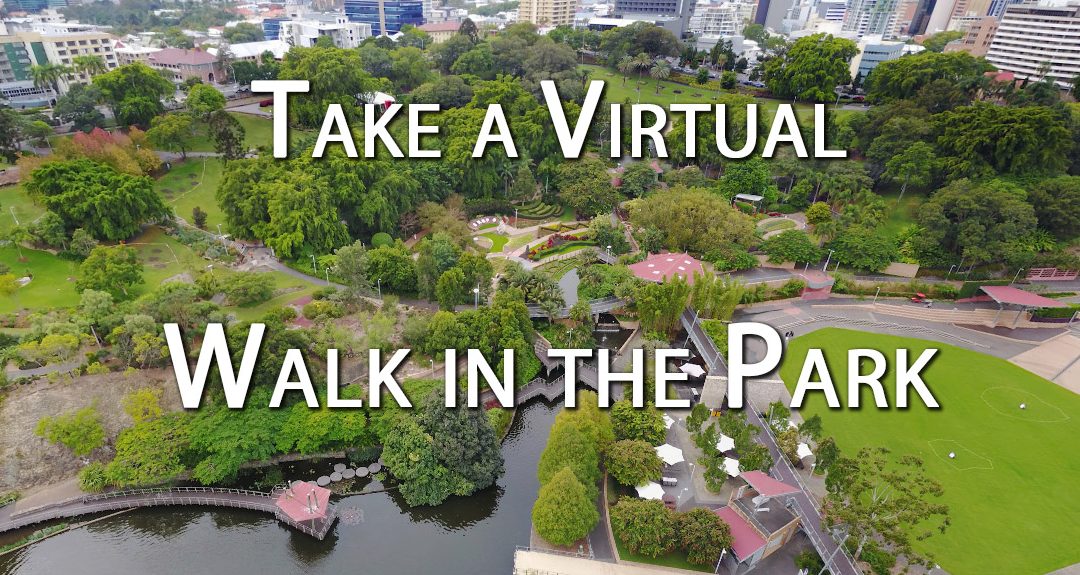In an era where technology and nature intersect more seamlessly than ever, virtual tours have emerged as a powerful tool in promoting and showcasing the serene beauty of parklands and botanical gardens. This digital approach not only captivates a wider audience but also provides an immersive experience that transcends geographical barriers.
The Power of Virtual Tours
Virtual tours offer a unique, interactive experience that allows visitors to explore parks and gardens from the comfort of their homes. These digital journeys are crafted using high-resolution images, 360-degree video tours, and sometimes augmented or virtual reality, providing a near-real experience of walking through lush greenery and vibrant floral displays.
Benefits for Parklands and Botanical Gardens
- Increased Accessibility: Virtual tours make these natural havens accessible to people worldwide, including those with mobility challenges or those who live far away.
- Educational Outreach: These tours can be educational, offering insights into plant species, conservation efforts, and the history of the gardens.
- Interactive Learning: Many virtual tours incorporate educational content, making them a valuable resource for schools and environmental groups.
- Global Reach: Virtual tours break geographical barriers, showcasing the beauty of remote parklands and gardens to a global audience.
- Marketing and Promotion: By showcasing the beauty and uniqueness of these spaces, virtual tours can attract more visitors, both online and in person.
- Sustainable Tourism: By offering a virtual alternative, these tours reduce the ecological footprint associated with traditional tourism.
- Conservation Awareness: They also play a crucial role in raising awareness about the importance of conserving natural spaces.
Implementing Virtual Tours
Creating a virtual tour involves several steps, from photographing the site to using software for stitching images and adding interactive elements. To create a successful virtual tour, it’s essential to focus on high-quality visuals, engaging narratives, and user-friendly interfaces. Collaboration with technology experts and conservationists can ensure that the tours are not only visually stunning but also informative and accurate.
Whether a simple Google Virtual Tour, or a more sophisticated and feature rich Customised Virtual Tour there are opportunities to use this technology to showcase the services and facilities available at Parks and Botanic gardens and provide access to people who may not have an opportunity to get a real “taste” of the experience..
Case Studies
A variety of different types of virtual tours have successfully been used in high profile botanical gardens and parklands throughout the world… here are just a few examples
- Kew Gardens, Temperate House – London: Kew Gardens offers an interactive virtual tour, allowing users to explore its famous glasshouses and rare plant collections. This case study can highlight the use of high-quality imagery and the integration of educational content about plant species and conservation efforts.
- Yellowstone National Park, USA: Although not a traditional botanical garden, Yellowstone’s virtual tours offer a comprehensive look at its vast landscapes and diverse ecosystems. This example can illustrate how virtual tours can be used for large parklands and the role they play in promoting conservation and ecological education.
- The National Botanic Gardens of Ireland: Their virtual tours not only showcase the gardens’ beauty but also emphasize educational aspects, including information about plant species, gardening tips, and conservation messages.
- The Gardens by the Bay, Singapore: Known for its futuristic design, this garden’s virtual tour is an example of how modern technology can be used to enhance the presentation and appeal of botanical gardens.
- Adelaide Botanic Gardens : This simple Google virtual tour emphasises Australia’s unique flora and can be used to discuss how virtual tours can support national and regional conservation efforts.
Virtual tours represent a blend of technology and nature, offering an innovative way to experience the beauty of parks and botanical gardens. They serve as a bridge, connecting people to natural wonders, and play a crucial role in the promotion and conservation of these spaces.
Contact Us for more…
The features and functionality of Virtual Tours offer many many different options which could include (but is certainly not limited to) some of the following :
| Custom Colours / Icons / Branding / Logos Custom Hotspots Video / Image / PDF / Website Popups Auto Rotation Backgroubnd Audio VR Headset ready | Custom Navigation (Menus / Thumbnails) 360° Videos Aerial / Underwater 360° Imagery Links to Websites / Forms / Videos Standalone “Kiosk” mode Map Overlay |
If you’d like to find out more about options, see relevant examples ot have ANY questions about hiow vportual tours could be used to showcase historic touriosmn attractions, please feel free tpo give Andy a call on 0403 023 223 or Contact Us.

